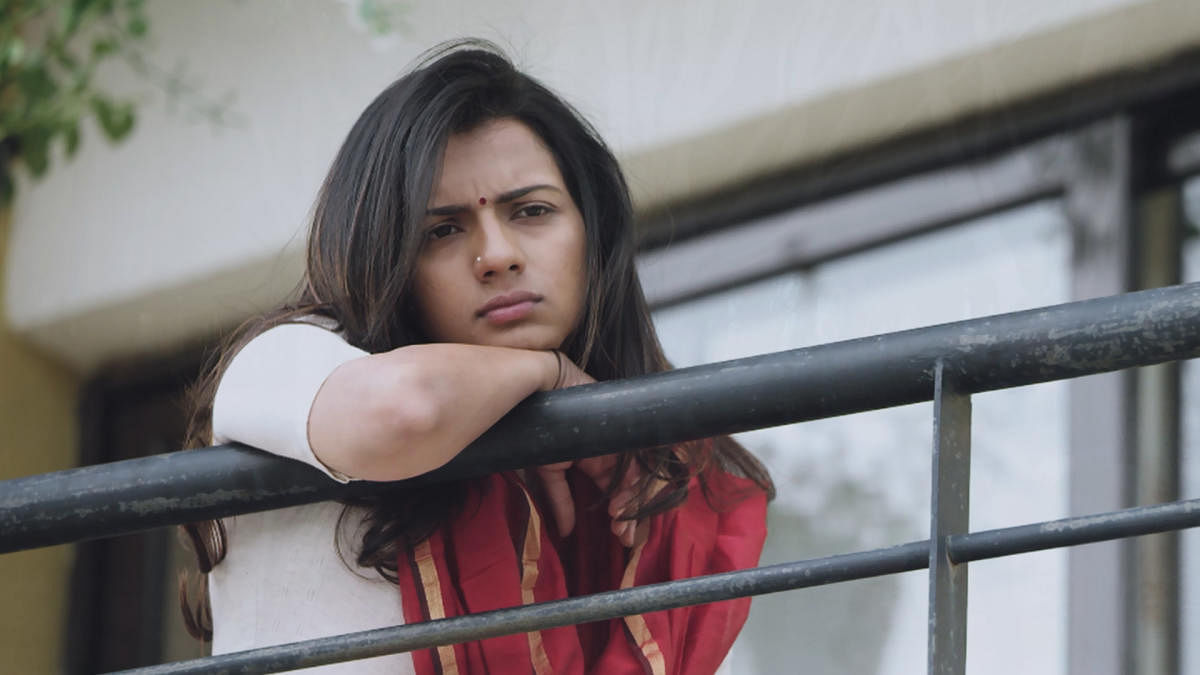Women are taking over cinema the world over. Every Marvel and DC movie slated for 2020 will be directed by women, and Pierce Brosnan and Daniel Craig are endorsing the idea of a woman playing James Bond.
But back home, the Kannada film industry is still dominated by men. Most releases tip the scales in favour of men. Have you seen cut-outs of women stars dotting the theatres?
Power Star, Crazy Star, Simple Star, Golden Star... these prefixes are a norm for male actors, but the same respect is rarely accorded to actresses.
This, however, is ironic in an industry that produced stalwarts like Kalpana (‘Gejje Pooje’, ‘Sharapanjara’), Aarathi (‘Edakallu Guddada Mele’, ‘Bili Hendthi’), Leelavathi (‘Naagarahaavu’, ‘Doctor Krishna’), and more.
Puttana Kanagal was in favour of women-centric storylines and turned actresses into superstars overnight. In fact, they ruled the silver screen for two decades from 1960 and earned monikers for themselves: Kalpana was ‘Minugu Taare’, Aarathi was ‘Ranganayaki’, Jayanthi was ‘Abhinaya Sharadhe’, and so on. Malashri, the ‘kanasina rani’ of Sandalwood, earned respect for her power-packed performances in ‘Rani Maharani’, ‘Hrudaya Haadithu’, ‘Kitturina Huli’ and ‘Ganga’. Ramya (Divya Spandana), now a Congress leader, also enjoyed the No 1 position in the first decade of the 2000s.
So this begs the question: ‘Where are the women in Sandalwood today?’
While women-centric movies are still made — ‘Kiragoorina Gayyaligalu’, ‘U-Turn’, ‘Mummy’, ‘Urvi’, ‘Nathicharami’ are some recent ones that won critical acclaim — it’s all about the men for the most part.
Industry insiders counter you with questions when you look for reasons: where is the writing, and where are the audiences?
Shraddha Srinath made an impressive debut in the highly acclaimed ‘U-Turn’, and then went on to act in several Tamil and Telugu films. She believes her debut role is her meatiest yet.
“I am still waiting for a role like that, not just from Kannada but from other industries as well. Films celebrating the hero and his machismo rule the scene today,” she told Showtime.
Radhika Narayan chooses roles that are characterised well. While she acknowledges a lack of women-centric films, she believes things are getting better.
“In my first film, ‘RangiTaranga’, the roles of both male and female actors were important. I would definitely like to see more women-centric films in Kannada, just like in Hollywood and Bollywood,” she says.
Shraddha comes across filmmakers pitching ‘women-centric’ projects, promising the story revolves around her. On closer look, the women characters offered to her have little to do.
“As much as directors and producers like to believe their movies are female-oriented, they are, in fact, not,” she says.
Priyamani sees actresses getting typecast more easily than actors, which is also the case with herself.
“Right now, I am getting many offers in the horror genre. But there’s only a limited number of times one can do the same thing… An actress can do so much more than just play a ghost or dance around the hero,” she says.
Is the lack of female-oriented films in Kannada pushing stars like and Shraddha Srinath to other industries? Shraddha sets the record straight: “I am not doing Telugu and Tamil movies only because there are no women-centric roles in Sandalwood. The problem is universal and I go wherever a good offer takes me.”
Few look at cinema as an art or medium to bring about change or empower women, Shraddha says. “Producers hesitate to invest in women-centric movies. Formula films, on the other hand, are guaranteed to make money. Bring in a hero, add a fight, feature a love song, and you have a hit! Why do anything else?” she says.
Producer Pushkara Mallikarjunaiah says it is a matter of how a film is presented. “Gender doesn’t matter as long as you have a great script and make a beautiful film. So many women-centric films have gained the appreciation of cine-goers in recent times, but they probably haven’t tasted financial success on the lines of commercial films.” He believes a market exists for women-centric films, and it is a matter of finding good scriptwriters and directors.
Radhika believes cinema should move beyond gender. “I think the conversation should be about equal opportunities for men and women. It’s not just about which gender gets more screen time. And it’s the story that ultimately matters,” she says.
She says she turns down many ‘women-centric films’ that come her way. “If the story doesn’t excite me, I say no!” she explains. There’s one thing actresses agree on: the audiences are certainly not to blame.
Ragini Dwivedi, who has acted in many women-centric films including the award-winning ‘Ragini IPS’, believes the industry is changing. “The audiences are open to all kinds of movies today, so why not offer them some solid female-backed ones?” she says.
The Kannada film industry is certainly in one of its most creative phases today, moving towards bigger, better and bolder movies. It would be great if it took its actresses along, too.
